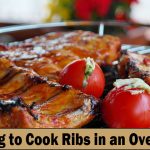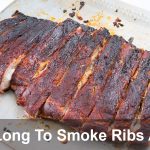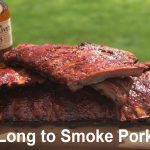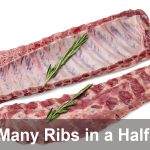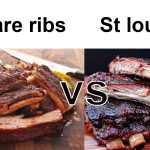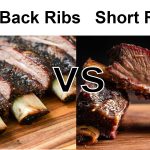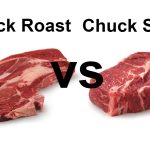Did you know that there is a difference between pork ribs and beef ribs? Not many people are aware of this, even when they go to their favorite BBQ joint. While both types of ribs can be mouth-wateringly delicious when cooked properly, the flavors and textures differ vastly depending on what type has been used.
In today’s blog post we’ll explore exactly how these two varieties differ from one another so you can make an informed decision when choosing which type to add to your dinner table!
What Is Beef Ribs?
Beef ribs are considered to be the larger, tougher and more flavorful of the two types. They come from the chuck section of a cow and contain plenty of connective tissue that takes time to break down during slow cooking. The result is an incredibly tender, juicy rib that’s full of beefy flavor. Because they take longer to cook properly, these ribs require more attention when preparing them on your smoker or grill.
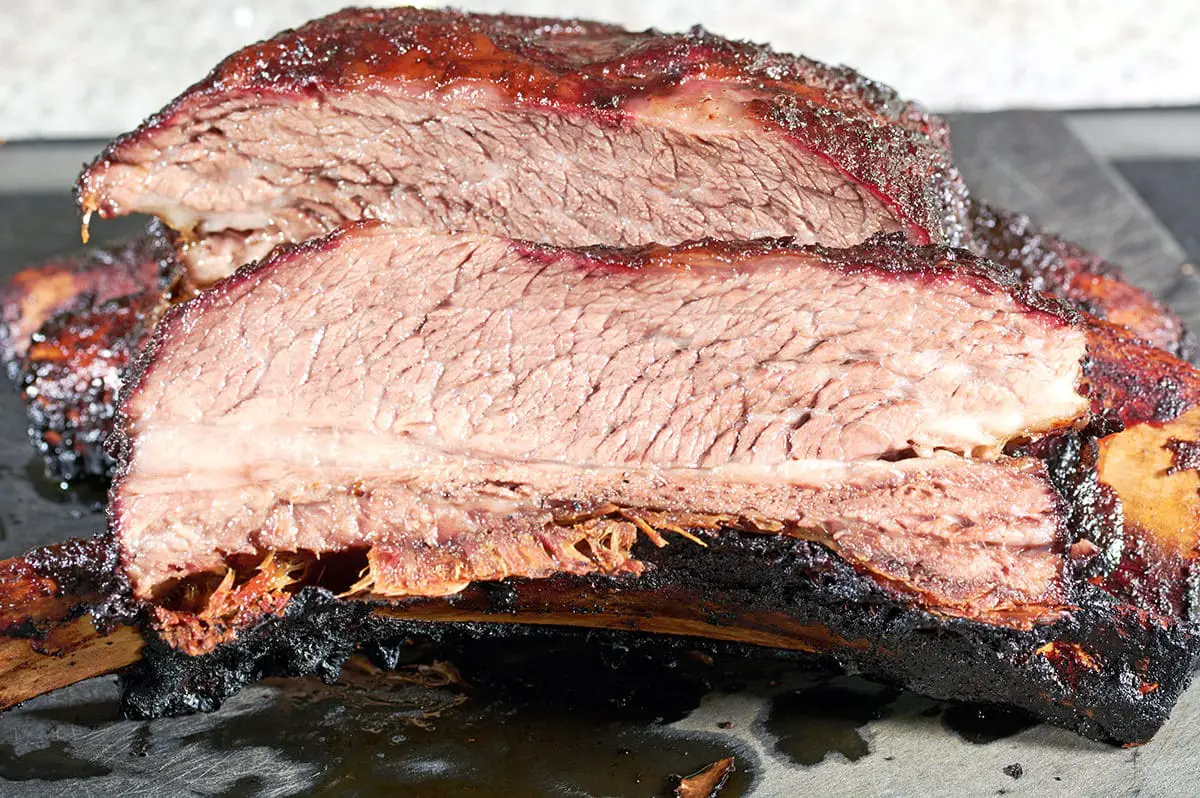
Types of Beef Ribs:
There are two different types of beef ribs: spareribs and short ribs.
Spareribs have a long, narrow shape and are typically cut from the loin section. They contain more fat and marbling than short ribs, but less flavor due to being cut further down on the cow.
Short ribs, on the other hand, are much meatier and have a thicker layer of fat that bastes them as they cook. This makes them incredibly flavorful!
Beef Ribs Nutrition Facts:
Beef ribs are a great source of protein, vitamins and minerals. A 3-ounce serving of cooked beef rib contains approximately 17 grams of protein, 2 grams of fat and 110 calories. It’s also a good source of iron, zinc and B vitamins.
What Is Pork Ribs?
Pork ribs come from the belly area of a pig and have a much milder flavor than their beef counterparts. As with other pork cuts, these ribs can be cooked quickly at high heat or very slowly at low temperatures for maximum tenderness and juiciness. Pork ribs also tend to be much more affordable than beef, making them an attractive option for large gatherings or budget-minded meals.
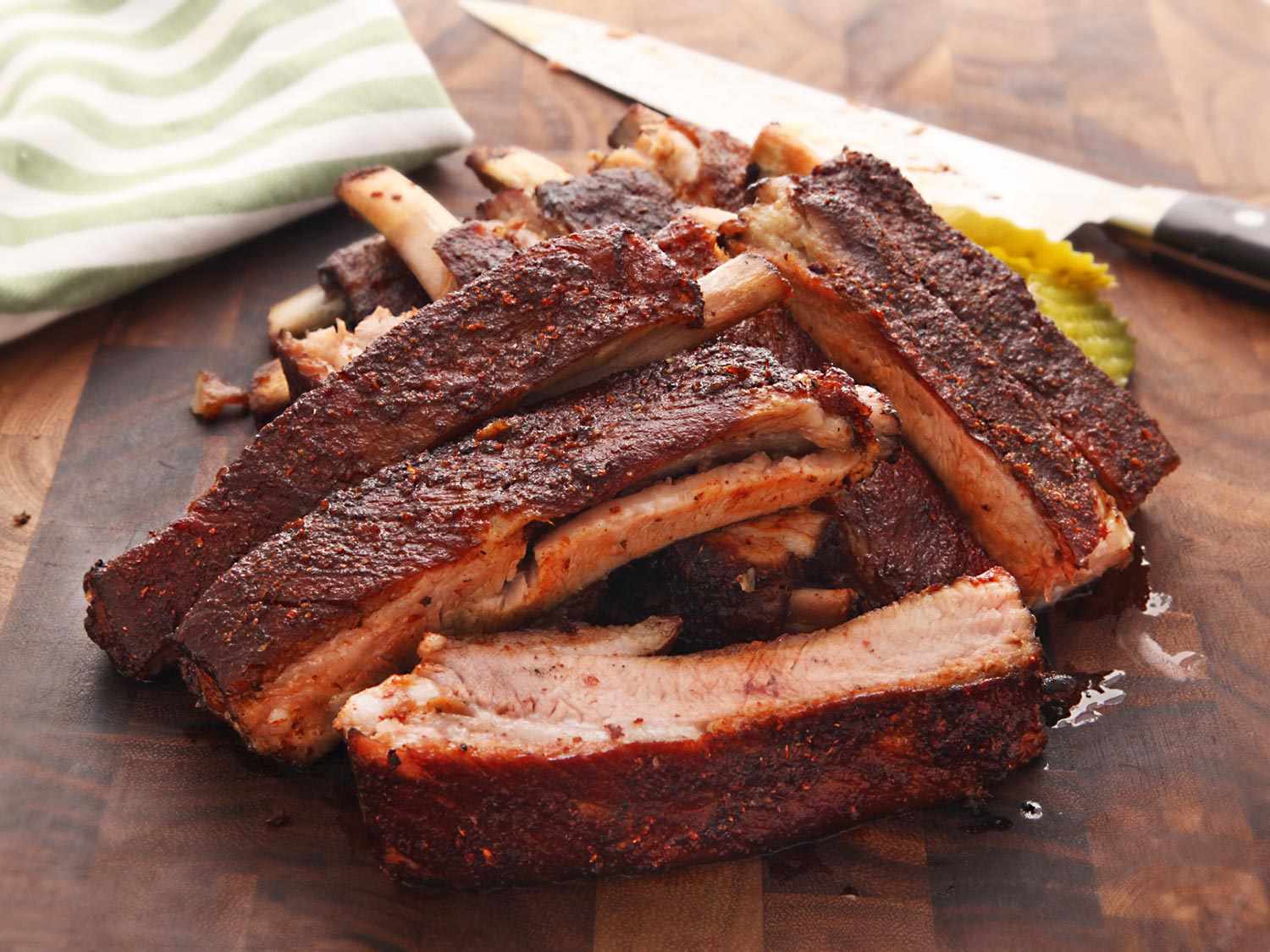
Types or Pork Ribs:
There are two different types of pork ribs: baby back ribs and spareribs. Baby back ribs come from the area right below a pig’s backbone and have a milder flavor than other pork cuts. They’re also much leaner than spareribs, making them slightly easier to cook.
Spareribs come from the lower side of a pig near its belly and contain more fat and connective tissue than baby backs. This helps to keep them juicy while cooking, but also requires longer cook times compared to baby backs.
Pork Ribs Nutrition Facts:
A 3-ounce serving of cooked pork rib contains approximately 16 grams of protein, 5 grams of fat and 125 calories. It’s also a good source of iron, zinc and B vitamins.
What Is the Difference Between Chuck Roast and Chuck Steak?
Chuck roast and chuck steak are two different cuts of beef from the same area of the cow. Chuck roast is a large cut taken from the shoulder. It contains lots of fat, connective tissue and marbling which need to be broken down during slow cooking in order to yield tender meat.
Chuck steak, on the other hand, is much smaller than a chuck roast and comes from the same section but lower down near the rib cage. This cut has less fat and marbling compared to a chuck roast, so it requires shorter cook times at high heat in order to stay moist and juicy.
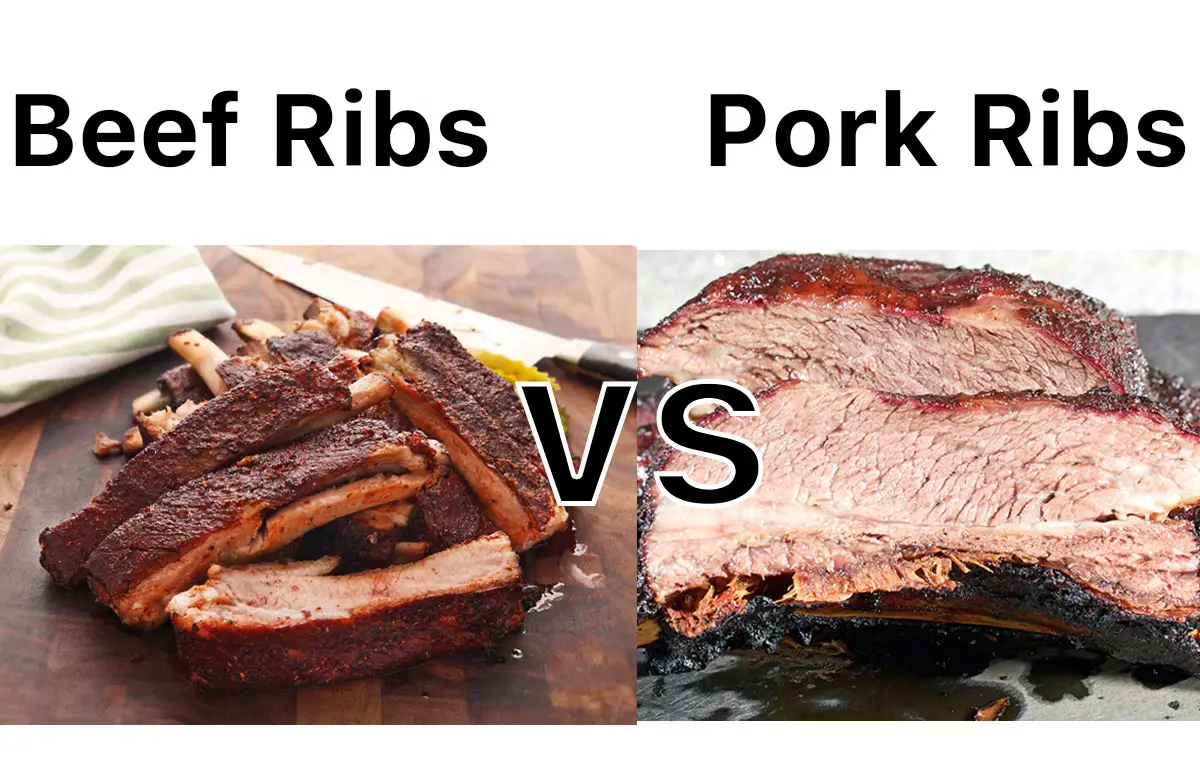
6 Difference Between Pork and Beef Ribs:
1. Flavor: Beef ribs have a richer, more complex flavor whereas pork ribs tend to be milder and less intense.
2. Texture: Beef ribs are tougher due to the connective tissue that needs to be broken down during slow cooking while pork ribs can usually be cooked faster at higher temperatures resulting in softer, juicier meat.
3. Fat Content: Beef ribs have more fat which bastes them as they cook, yielding incredibly flavorful results. Pork ribs are leaner and contain less fat overall.
4. Cut: Beef ribs come from the chuck section of a cow and are typically cut into either spareribs or short ribs depending on where they’re taken from within the section. Pork ribs are always cut from the belly area of a pig.
5. Nutritional Value: Both beef and pork ribs contain similar amounts of protein, fat and calories, however beef is higher in iron, zinc and B vitamins.
6. Price: Beef ribs tend to be more expensive than pork due to their larger size and greater flavor complexity.
Which taste better Beef or Pork Ribs?
That really depends on personal preference. Beef ribs have a richer, more intense flavor that some people prefer while pork ribs tend to have a milder taste. Both types can be delicious when cooked correctly, so it’s ultimately up to the individual to decide which they like better. No matter what type of rib you choose, make sure you use quality ingredients and take your time with the cooking process for maximum flavor!
How to Cook Pork Ribs and Beef Ribs:
Cooking both types of ribs is a fairly simple process, although there are some key differences between the two.
For pork ribs, preheat your oven or grill to 375F and season with your favorite BBQ rub. Place the ribs on a baking sheet or in a shallow roasting pan and cover with foil before cooking for 2-3 hours until they reach an internal temperature of at least 145F. Uncover for the last 30 minutes to allow the surface to crisp up.
For beef ribs, preheat your oven or smoker to 225F and season with your favorite BBQ rub. Place the ribs on a baking sheet or in a shallow roasting pan and cover with foil before cooking for 4-5 hours until they reach an internal temperature of at least 170F. Uncover for the last 30 minutes to allow the surface to crisp up.
No matter which type of rib you’re cooking, let them rest for 10-15 minutes before serving
How Do You Know When Beef or Pork Ribs Are Done?
The best way to tell when beef or pork ribs are done is by using an instant read thermometer and checking for an internal temperature of at least 145F (for pork) and 170F (for beef). Once they’ve reached this temperature, let them rest for 10-15 minutes before serving. This will ensure that all the flavors have time to meld and the juices are distributed throughout the meat.
Bonus: How to Serve Beef or Pork Ribs?
Beef or pork ribs can be served as an entree with sides like mashed potatoes, mac and cheese, coleslaw and baked beans. They’re also great for making sandwiches simply pile some shredded beef or pulled pork onto a bun with your favorite BBQ sauce for a quick meal. Lastly, why not try using leftovers to make tacos or quesadillas by adding diced peppers, onions and your favorite toppings?
FAQs: Beef Ribs vs Pork Ribs
What’s the difference between pork ribs and beef ribs?
The main differences between pork and beef ribs are in flavor, texture, fat content, cut, nutritional value and price. Beef ribs have a richer, more complex flavor but require longer cook times due to their connective tissue. Pork ribs tend to be milder with leaner cuts that can usually be cooked faster at higher temperatures.
Which type of rib tastes better?
That really depends on personal preference. Some people prefer the intense flavor of beef while others like the mild taste of pork. No matter what type of rib you choose, make sure you use quality ingredients and take your time with the cooking process for maximum flavor!
What are the nutritional differences between pork and beef ribs?
Both beef and pork ribs contain similar amounts of protein, fat and calories, however beef is higher in iron, zinc and B vitamins. A 3-ounce serving of cooked beef rib contains approximately 17 grams of protein, 2 grams of fat and 110 calories while a 3-ounce serving of cooked pork rib contains approximately 16 grams of protein, 5 grams of fat and 125 calories. It’s important to note that these values may vary depending on the cut. Always consult with your doctor or dietitian before making changes to your diet.
Does beef rib taste the same as pork rib?
No, beef rib and pork rib have different tastes. Beef ribs tend to be richer and more intense with a deep flavor while pork ribs are usually milder and leaner. Beef ribs also require longer cook times due to their connective tissue, which can add complexity of flavor. Pork ribs typically require shorter cook times at higher temperatures for maximum juiciness. When it comes to taste, it’s ultimately up to the individual to decide which they like better. No matter what type of rib you choose, make sure you use quality ingredients and take your time with the cooking process for maximum flavor!
Are beef ribs more tender than pork ribs?
Beef ribs have more connective tissue which needs to be broken down during slow cooking in order to yield tender meat. Pork ribs contain less fat and marbling, so they require shorter cook times at higher temperatures in order to stay moist and juicy. It really depends on personal preference when it comes to determining which is more tender. Some people prefer the richer flavor of beef while others like the mild taste of pork. No matter what type of rib you choose, make sure you use quality ingredients and take your time with the cooking process for maximum flavor!
Conclusion:
As you can see, there’s quite a difference between pork ribs and beef ribs when it comes to flavor, texture and nutrition. Beef ribs are larger, tougher and more flavorful than pork ribs, while pork ribs have a milder flavor and require less cooking time. It’s important to consider these differences when deciding which type of rib you want for your next BBQ feast!
We hope this post has helped you better understand the difference between beef ribs and pork ribs. Knowing how they differ can help you make an informed decision when it comes time to grill up some delicious meaty goodness for your friends and family.

William Lariviere is a chef and restaurateur with over 25 years of experience in the food industry. He is the owner and operator of Swartzsdeli.com, an online restaurant that specializes in gourmet sandwiches and salads, grill & smoke. He likes to share experience, food, recipes cooking knowledge as well as reviews about restaurant and kitchen products.
William’s goal is to provide his customers with healthy, delicious food that is also affordable and develop Swartzsdeli.com into a comprehensive information site specializing in cooking and cuisine to a new level to help reach a wide range of housewives and readers.

